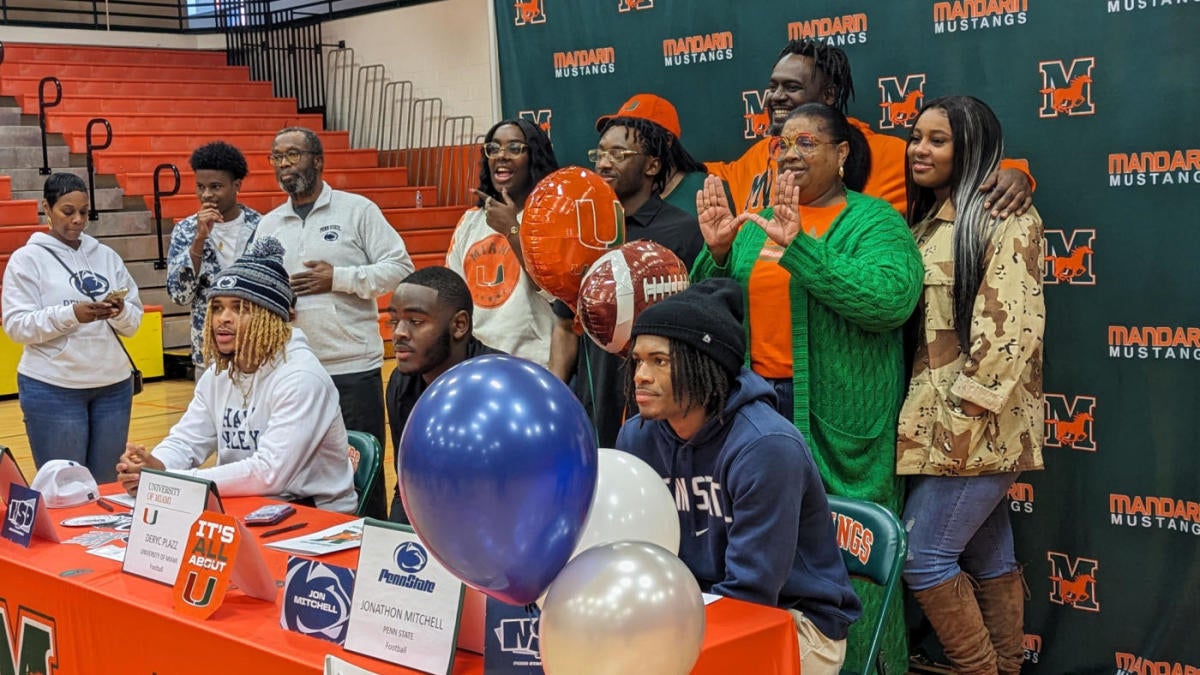NCAA Division I Council Eliminates National Letter of Intent: What It Means for Student-Athletes
In a landmark decision, the NCAA Division I Council has officially eliminated the National Letter of Intent (NLI) program for high school student-athletes. This change, which takes effect immediately and applies to the 2025 recruiting class, marks a significant shift in the landscape of college athletics. The decision comes on the heels of the NCAA’s $2.8 billion settlement in the House v. NCAA lawsuit, which recently received preliminary approval. This settlement paves the way for schools to share up to $22 million annually with student-athletes starting in the 2025-26 school year.
The Role of the National Letter of Intent
The NLI has long been a cornerstone of college recruiting, serving as a binding agreement between student-athletes and schools. Under the NLI, once a student-athlete signed, they were protected from other programs contacting them, while schools were obligated to provide athletic financial aid for at least one academic year. This system aimed to create a level of commitment and security for both parties involved.
However, the NLI also came with its own set of complications. Many student-athletes found themselves navigating a maze of regulations and restrictions, leading to confusion and frustration. The NCAA’s recent decision to eliminate the NLI aims to address these issues while maintaining the core benefits of the program.
Transition to Financial Aid Agreements
With the NLI now a thing of the past, schools and student-athletes will instead sign financial aid and scholarship agreements. This new approach is designed to streamline the signing process, making it easier for student-athletes to understand their commitments and for schools to manage their athletic aid agreements. By eliminating the NLI, the NCAA hopes to reduce confusion surrounding its provisions and enhance transparency in the recruiting process.
Expert Opinions on the Change
To gain further insight into the implications of this decision, college football recruiting analysts Cooper Petagna and Andrew Ivins shared their thoughts on CBS/247Sports’ new show, "The 105." Petagna, who has experience as a Director of Player Personnel at Oregon and Washington, expressed skepticism about the significance of the change. He described the NLI as an "outdated contract" and emphasized that the financial aid aspect was always the most critical factor for student-athletes.
Petagna noted, "Some players never even signed NLIs. They just showed up on campus." He believes that the NCAA’s move towards more solid documentation is a response to the impending revenue-sharing model, which will fundamentally alter the financial landscape of college athletics.
The Need for Structure in the New System
Ivins echoed Petagna’s sentiments, stating that the elimination of the NLI might not change much for most student-athletes. However, he raised concerns about the lack of a deadline for signing the new financial aid agreements. Without a structured signing period, high-profile recruitments could extend into January, potentially complicating the recruiting process.
He pointed out that with the expanded College Football Playoff, the current signing period occurs before conference championship games. This timing could lead to a situation where players are not bound to any agreements until they arrive on campus for classes, creating a more fluid and unpredictable recruiting environment.
Implications for Student-Athletes
For the vast majority of student-athletes, the elimination of the NLI may not result in significant changes. However, for the top 1% of recruits, this new system could provide increased leverage in negotiations with schools. The shift towards financial aid agreements allows for more flexibility and potential for negotiation, which could benefit elite athletes looking to maximize their opportunities.
As the NCAA continues to evolve in response to legal challenges and changing dynamics in college sports, this decision represents a pivotal moment in the recruiting landscape. The transition away from the NLI may pave the way for a more transparent and equitable system for student-athletes, but it also raises questions about the future of college recruiting and the balance of power between athletes and institutions.


